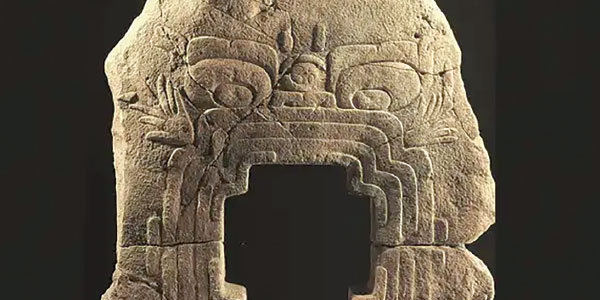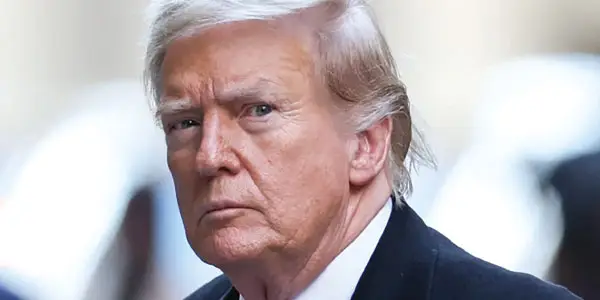
Commentary by Tere Siqueira
An object’s value cannot always be measured in monetary terms.
This is especially true when it comes to historical pieces and cultural artifacts. Such objects contain the essence of a nation’s history, capturing the stories of its ancestors and its traditions.
Recently, and thankfully, the United States made significant moves to restore that essence to Mexico by returning stolen artifacts and archaeological pieces.
As multiple media outlets have reported, there were roughly 100 archaeological pieces stolen in 2008 from a private museum in Cuatro Cienegas, Coahuila, including some pre-Columbian pieces. Fortunately, through work from U.S. Homeland Security Investigations, the artifacts were identified and recovered.
The objects are not only of immense archaeological value; they tell stories of the ancient civilizations that once inhabited the Americas.
Returning the pieces restores a part of Mexico’s cultural heritage. Doing so also sends a strong message about the importance of protecting and preserving global cultural heritage. Culture, it has been said, knows no boundaries.
It’s especially significant that a document signed by Hernan Cortes in 1527 was returned. Some people might not consider it important, given that the document is a simple request to purchase pink sugar. But history experts describe it as a window into the past, providing insight into post-conquest relationships and transactions.
Perhaps one of the most notable returns is the Olmec sculpture of the jaguar god Tepeyollotlicuhti, also known as the “Portal to the Underworld.” The sculpture, dating between 800 and 400 BC, represents one of the oldest and most influential civilizations in the Americas. Its return is a reminder of the vast, rich tapestry of civilizations that once flourished in what would become Mexico.
Returning the items to Mexico signifies more than a physical transfer of possessions. It represents international efforts to safeguard cultural assets and shows the United States and other countries understand the importance of upholding the integrity of historical and cultural treasures.
And like the items that were returned, that understanding is something that can’t be measured in money.
Devolución de tesoros culturales a México trasciende dólares y pesos
El valor de un objeto no siempre puede medirse en términos monetarios.
Esto es especialmente cierto cuando se trata de piezas históricas y artefactos culturales. Tales objetos contienen la esencia de la historia de una nación, capturando las historias de sus ancestros y sus tradiciones.
Recientemente, y afortunadamente, Estados Unidos tomó medidas significativas para restaurar esa esencia a México al devolver artefactos y piezas arqueológicas robadas.
Como han informado varios medios de comunicación, se robaron aproximadamente 100 piezas arqueológicas en 2008 de un museo privado en Cuatro Ciénegas, Coahuila, incluyendo algunas piezas precolombinas. Afortunadamente, a través del trabajo de las Investigaciones de Seguridad Nacional de EE.UU., los artefactos fueron identificados y recuperados.
Los objetos no sólo son de inmenso valor arqueológico; cuentan historias de las antiguas civilizaciones que una vez habitaron las Américas.
Devolver las piezas restaura una parte del patrimonio cultural de México. Hacerlo también envía un fuerte mensaje sobre la importancia de proteger y preservar el patrimonio cultural global. Se ha dicho que la cultura no conoce fronteras.
Es especialmente significativo que se haya devuelto un documento firmado por Hernán Cortés en 1527. Algunas personas podrían no considerarlo importante, dado que el documento es una simple solicitud para comprar azúcar rosa. Pero los expertos en historia lo describen como una ventana al pasado, proporcionando una visión de las relaciones y transacciones post-conquista.
Quizás una de las devoluciones más notables es la escultura Olmeca del dios jaguar Tepeyollotlicuhti, también conocido como el “Portal al Inframundo”. La escultura, que data entre 800 y 400 a.C., representa una de las civilizaciones más antiguas e influyentes de las Américas. Su devolución es un recordatorio del vasto y rico mosaico de civilizaciones que alguna vez florecieron en lo que se convertiría en México.
Devolver estas piezas a México significa más que una transferencia física de posesiones. Representa esfuerzos internacionales para proteger los activos culturales y muestra que Estados Unidos y otros países entienden la importancia de mantener la integridad de los tesoros históricos y culturales.
Y al igual que las obras que fueron devueltos, ese entendimiento es algo que no puede medirse en dinero.









